BIMCO and the International Chamber of Shipping (ICS) warn about сoming shortage in seafarers supply while the Neptune Declaration Crew Change Indicator reports an extremely low vaccination rate among seafarers.
The Maritime Zone has conducted our own research about shipping jobs in 2021 to clarify the real situation with vacancies, seafarers’ salaries, health and crew change issues.
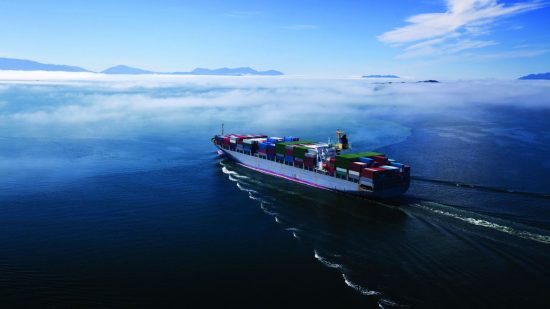
Seafarers Salaries in 2021
There is no dramatical twist in seafarers’ wage rates this year. Judging from the previous appraisal made for our Guide for beginners in 2020, salaries have remained at the same level despite the fact that maritime professionals have to cope with more workload and stress these days.
Wage Rates on Different Types of Ships
| Position | Dry Cargo Ships | Oil/Chemical Tanker | Gas Tanker | Offshore Fleet | Drilling Rigs and FPSO |
| Master | $ 6 000 – 10 000 | $ 10 000 – 14 000 | $ 12 000 – 18 000 | $ 300 – 700 | $ 800 – 15 00 |
| Chief Officer | $ 5 000 – 8 000 | $ 9 000 – 12 000 | $ 11 000 – 15 000 | $ 150 – 550 | $ 400 – 700 |
| 2nd Officer | $ 2 500 – 4 500 | $ 3 500 – 5 500 | $ 5 000 – 8 000 | $ 120 – 250 | – |
| 3rd Officer | $ 2 000 – 3 500 | $ 3 000 – 5 000 | $ 3 000 – 5 500 | – | – |
| Chief Engineer | $ 7 500 – 10 000 | $ 9 500 – 15 000 | $ 12 000 – 18 000 | $ 250 – 400 | $ 500 – 700 |
| 2nd Engineer | $ 6 000 – 7 500 | $ 9 000 – 11 000 | $ 10 000 – 17 000 | $ 120 – 300 | $ 300 – 700 |
| 3rd Engineer | $ 1 500 – 4 500 | $ 3 500 – 5 500 | $ 4 500 – 9 000 | $ 100 – 200 | $ 100 – 200 |
| 4th Engineer | $ 1 000 – 3 500 | $ 2 500 – 4 200 | $ 3 500 – 6 500 | – | $ 100 – 200 |
| ETO / El. Engineer | $ 4 500 – 6 000 | $ 5 000 – 7 000 | $ 8 000 – 15 000 | $ 150 – 300 | $ 200 – 300 |
| Gas Engineer | – | – | $ 7 000 – 15 000 | – | – |
| Bosun / Cook | $ 1 000 – 2 000 | $ 1 000 – 2 500 | $ 1 800 – 2 500 | $ 60 – 100 | $ 60 – 100 |
| AB Seaman / Oiler | $ 1 000 – 1 900 | $ 1 000 – 2 500 | $ 1 800 – 2 500 | $ 60 – 100 | $ 2 000 – 3 500 |
| OS / Wiper / MM | $ 800 – 1 300 | $ 1 000 – 1 600 | $ 1 400 – 1 800 | $ 35 – 40 | $ 1 800 – 2 500 |
| Cadets | $ 400 – 1 000 | $ 500 – 1 200 | – | – | – |
The salaries’ range might seem a bit excessive, but there is a strong dependence on the type and size of vessel as well as the experience required for the position. The good news is that there is an abundance of shipping jobs today, therefore any professional can find an interesting vacancy.
Top 10 Tendencies for Maritime Salaries in 2021:
- Bulk carriers, container ships and RO-RO vessels offer the highest wages in the dry cargo sector. For instance, while the usual ceiling for El. Engineer’s position on any dry cargo ship is around $ 6 000 per month; the same specialist on RO-RO will be paid $ 9 000.
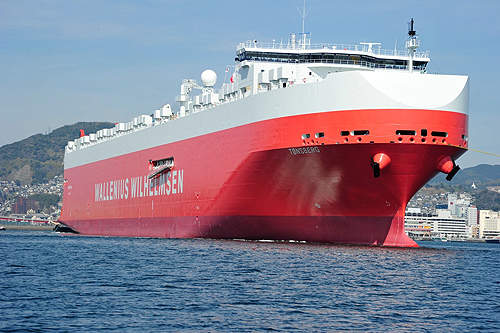
- Indeed, car carriers set salary records for other positions as well. AB Seaman will boast a salary of $ 1 900 per month and even deck cadets are offered no less than USD 1 000 monthly.
- Seafarers sailing on General cargo ships, meanwhile, have to settle with much modester salaries. For example, wage rates for Chief Engineers might kick off just from $ 2 000 per month.
- LPG / LNG tankers still provide the most well-paid jobs in the shipping industry. Thus, when the top wage rate for a tanker Chief Officer usually is about USD 12 000 per month (Chemical tankers), Chief Mate of a decent gas carrier might expect a salary of USD 14 000.
- Similarly, where the 2nd Engineer for Oil or Chemical Tanker will get $ 11 000 at the most, the wage rate for this position on a gas carrier will be up to $ 16 700 a month.
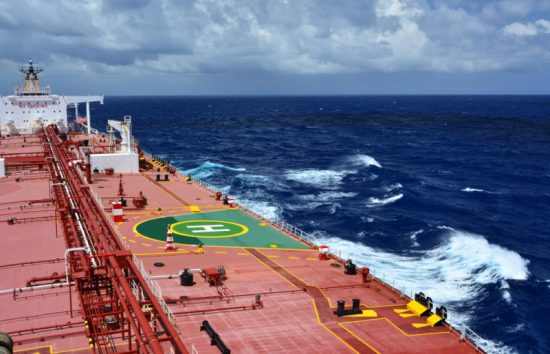
- Generally speaking, tanker vessels guarantee higher salaries for the crew which is justified by the amount of training and experience required to handle such tricky cargo.
- However, there are some exclusions. Bunkering vessels offer lesser salaries, but a ticket into the oil and gas industry. Thus, Chief Engineer’s wage rate usually is about USD 4 000 per month, but a specialist can gain the experience needed to proceed further on oil and chemical carries.
- Experience is a keyword for the offshore shipping industry. The usual practice here is to start in position on less sophisticated offshore vessels and upgrade both skills and maritime career to Diving Support, Offshore Construction, Pipe Laying and other hi-tech ships.
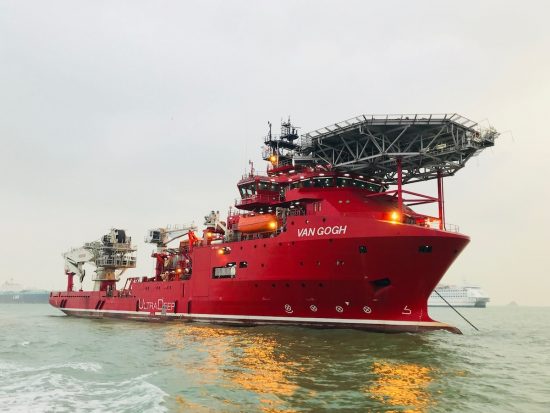
- For instance, at the moment the normal wage rate for a Chief Officer is about $ 350 per day, but it reaches up to $ 550 a day on DSVs or MRSVs.
- Drilling industry offers the highest wage rates in the oil and gas job market as usual. For instance, a Chief Engineer can expect a check of $ 650 per day while Bosun’ salary will rise dramatically to $ 5 000 per month compared to the usual figures of $ 2 000 – 2 500 monthly on any other vessel.
Seafarers Happiness Index Plummets in Q2 2021
High wages (especially for seafarers from developing countries) is the most apparent advantage of a shipping job, but the industry has received another proof to the simple fact that ‘money doesn’t buy happiness’ only recently.
The Mission to Seafarers has published Q2 2021 results of their Seafarers Happiness Index survey. 2 500 maritime professionals participated in the study which revealed that happiness level dropped to 5.99 out of 10 compared to 6.46 score in Q1 this year. This is an abysmal low.
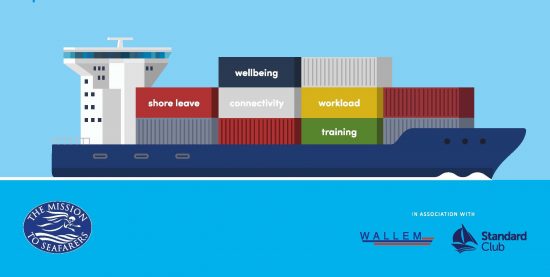
The main concerns stressed by seafarers who took part in the study are divided into 3 major groups:
1. Ban on shore visits. One seafarer who responded to the survey mentioned staying on board one and a half years without setting foot on land. This freedom of movement restriction results in a growing weariness of a job, fatigue and a kind of stupor experienced by people who spend months without leaving their vessels.

Apart from apparent psychological problems, current restrictions on port visits result in health damage as well. Maritime professionals are confined to small ship spaces, loud noises and dangerous cargo fumes for longer periods than usual.
2. Minimal movement and constant crew change delays. Where previously scientists registered a rise of hope that an appalling crew change crisis might be over at last, today there is a clear despair. Another Covid-19 wave is moving around the planet driving lockdowns and travel bans; so today 100 000 seafarers are stuck on board above their contract limit.
3. Rising workload and an absence of key worker status. According to the report, many seafarers admitted working 11-12 hours daily, compared to 8-9 hours before the COVID-19 pandemic. In addition, companies often lie or try threatening maritime professionals who are inclined to complain.
The picture drawn by the survey calls for action on behalf of ship owners and managers. Key worker status can ease travelling restriction and provide priority access to Covid-19 vaccines.
Covid-19 Protection for Seafarers
Seafarers’ concerns underlined in the SHI report arise from a fundamental problem, i.e unavailability of Covid-19 vaccines for most maritime workers. The Neptune Indicator points out that only 15.3% of seafarers have received at least one shot of Covid-19 vaccine. This is a survey built on aggregated data from 10 leading ship managers: Anglo-Eastern, Bernhard Schulte, Columbia Shipmanagement, Fleet Management, OSM, Synergy Marine, Thome, V.Group, Wallem and Wilhelmsen Ship Management, which have about 90 000 seafarers onboard in total.

According to the secretary general of the International Chamber of Shipping (ICS), Guy Platten, “Countries which supply most of the world’s seafarers, such as the Philippines, Indonesia and India have limited access to COVID-19 vaccines, threatening further supply chain instability without rapid action at a national level.”
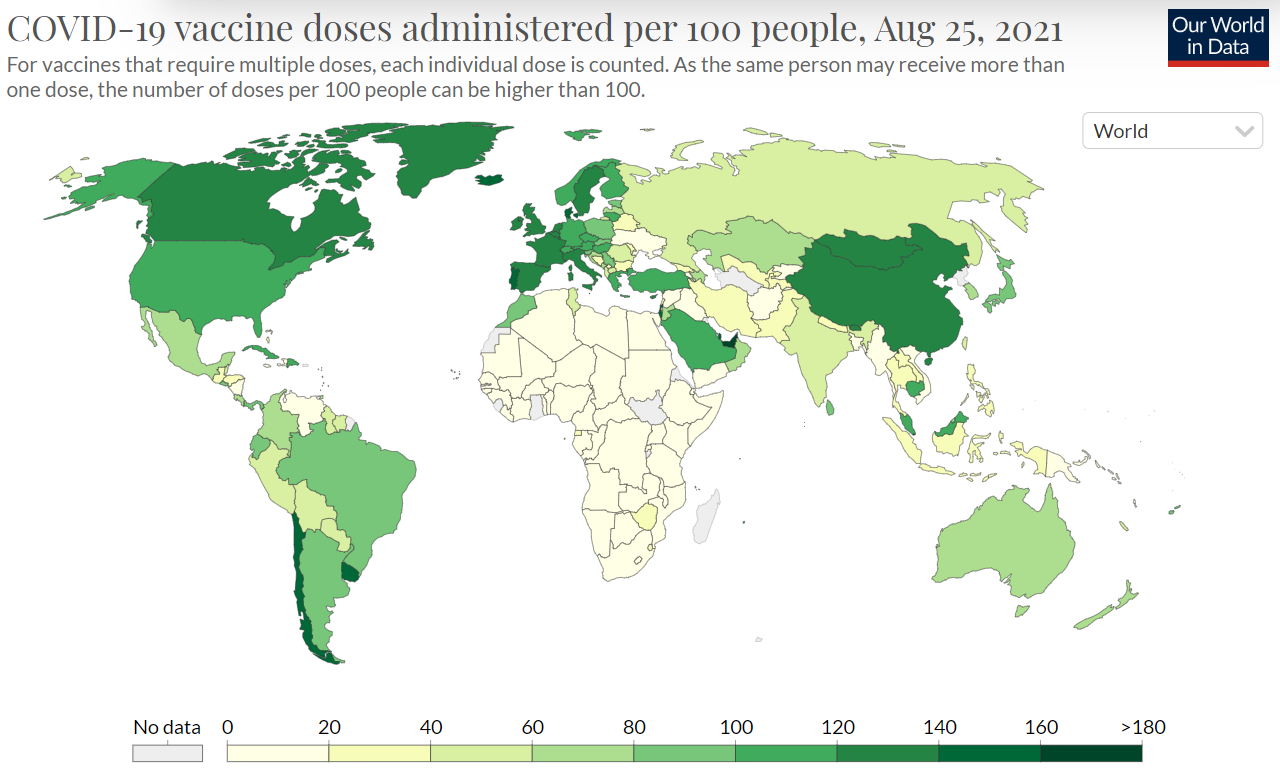
Indeed, ‘Our World in Data’ shows that just 28 doses per 100 people are administered daily in the Philippines compared to 136 doses in China, for instance. The figures for other crew providing nations are as follows (doses per 100 people daily):
-
India – 42.19;
-
Indonesia – 32.84;
-
Russia – 52.73;
-
Ukraine – 18.93.
While the grim statistics demand immediate actions to protect seafarers on both national and international levels, there are states that have already combined efforts in providing vaccination for seafarers. At present, free Covid-19 vaccines for non-residents are available in the USA, Cyprus, Russia, France, the Netherlands and ports of other major marine countries.
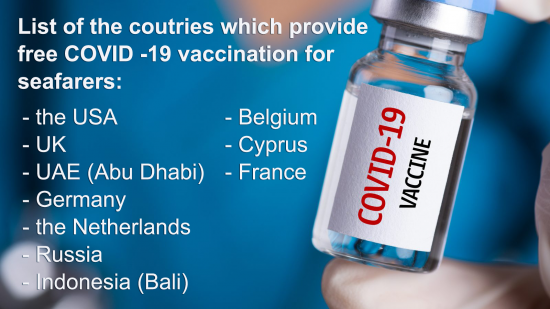
As a rule, a one shot injection is used for seafarers so as to ensure full vaccination circle within one port call.
The ICS (International Chamber of Shipping) has issued a ‘Coronavirus (COVID-19) Roadmap for Vaccination of International Seafarers’ which provides instruction for maritime workers, shipping companies and governments.
This is how the seafarer’s way to the vaccination center is illustrated, for example:

Although this guidance is much needed by the industry, there are some disturbing paragraphs such as “Employers may consider not allowing unvaccinated employees to work. Each case will need to be considered on its own facts and an individual response made accordingly.”
Whether the ICS roadmap facilitates the protection of seafarers or turns into another hindrance offering managers a convenient instrument of deprivation remains to be seen.

